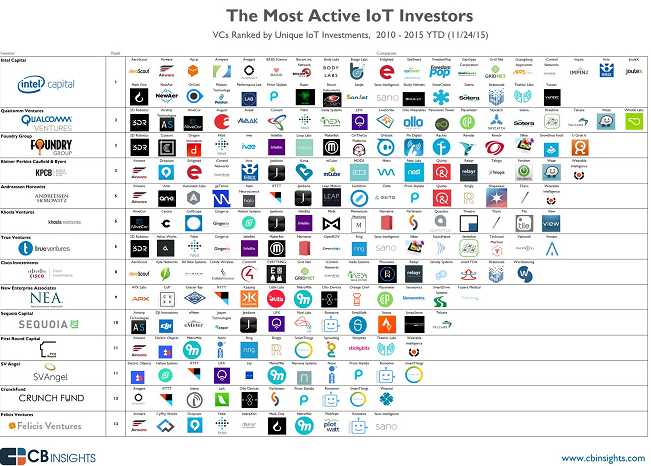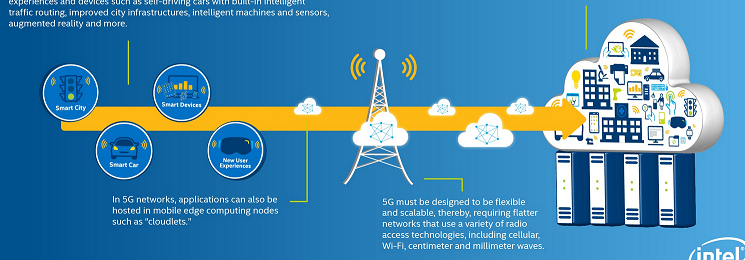 In this special guest feature, Viral Chawda, Managing Director of Data Science & Innovation at KPMG, discusses how data and analytics is fueling the Internet of Things. Viral has worked with some of the largest global organizations helping them monetize data assets by aligning their strategic priorities to clearly defined and measurable outcomes. Over the years he has developed innovative solutions in the areas of cybersecurity, risk management, and healthcare.
In this special guest feature, Viral Chawda, Managing Director of Data Science & Innovation at KPMG, discusses how data and analytics is fueling the Internet of Things. Viral has worked with some of the largest global organizations helping them monetize data assets by aligning their strategic priorities to clearly defined and measurable outcomes. Over the years he has developed innovative solutions in the areas of cybersecurity, risk management, and healthcare.
 The Internet has transformed our way of life, and we are now embarking on an exciting new chapter known as the Internet of Things (IoT). Everyday things—from cars to home appliances—are becoming “smart” items connected to the Internet, and this trend promises to transform the way we live.
The Internet has transformed our way of life, and we are now embarking on an exciting new chapter known as the Internet of Things (IoT). Everyday things—from cars to home appliances—are becoming “smart” items connected to the Internet, and this trend promises to transform the way we live.
To fully understand IoT, it needs to be broken down into two parts: Sensors and Data and Analytics (D&A). Sensors create the data, while D&A makes sense of the data and creates business value. Businesses have deployed sensors and collected data even before the start of IoT revolution, but with the advancement of D&A, new possibilities have emerged. This has fueled the creation and the mass deployment of low cost connected sensors.
IoT is a D&A-enabled sensor revolution
D&A has shown that it has the power to merge disparate sources of data and create new and useful insights which can create business value. For example a large telecom operator has combined weather data (weather.com) and traffic route congestion data (Google Maps) to better plan network capacity and deploy hot spots, thereby increasing Capex utilization.
Armed with this power of analytics, businesses are now looking to create data from untapped sources using smart connected sensors. Data analytics can interpret the data and create new ways of reducing cost and improving margins. For example a large retailer has deployed custom temperature monitoring technology in their frozen and refrigerated cases to reduce product losses and improve product quality. This can eventually reduce the cost of wasted food and improve costs across the entire food supply chain.

The IoT revolution is fueling the connectivity race
Smart devices have unique data requirements distinct from smart phones. Most IoT sensors only transfer a small amount of data and can wait and transfer their data at off peak hours. They need low powered connectivity options so that their battery life can be increased. An increased battery life means these devices can be operated with minimum human maintenance. Also mass deployment can only be possible when the cost of these smart sensors are low.
These new demands have kick-started a new race for connectivity. Smart sensors are demanding low powered technology for connectivity along with new billing architectures to create new low cost data plans and new simplified subscriptions.

Low-powered proprietary networks like SIGFOX and LORA have seized this new opportunity. SIGFOX is a French company that builds low powered wireless networks to connect the Internet of Things and aims to create its own global network of things, while LORA is allowing everyone to crowd source and build their own network. The new opportunity has also speeded up the cellular networks standards body 3GPP to move beyond GPRS-based M2M and come up with low powered options for LTE and 5G, to finally move M2M use cases into the IoT space.
IOT marks the new technological disruption powered by real time advanced analytics. As the use of sensors continues to harvest new sources of data, we are one step closer to moving from a society of connected people to a society connected by its things.
Sign up for the free insideBIGDATA newsletter.




Speak Your Mind